Entry Category: Mississippi
Birdsong (Mississippi County)
Blytheville (Mississippi County)
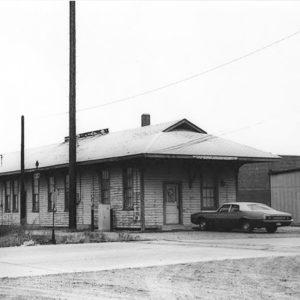 Blytheville Depot
Blytheville Depot
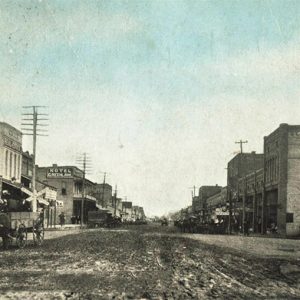 Blytheville Street Scene
Blytheville Street Scene
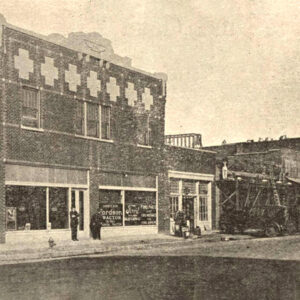 Blytheville Street Scene
Blytheville Street Scene
 Blytheville Street Scene
Blytheville Street Scene
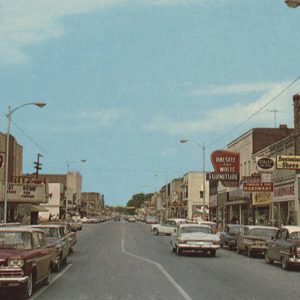 Blytheville Street Scene
Blytheville Street Scene
 Blytheville View
Blytheville View
Burdette (Mississippi County)
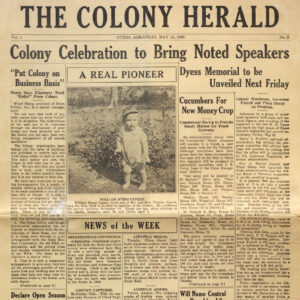 Colony Herald
Colony Herald
Dell (Mississippi County)
 Denso Plant
Denso Plant
Dyess (Mississippi County)
aka: Dyess Colony Resettlement Area
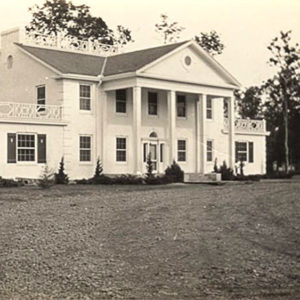 Dyess Administration Building
Dyess Administration Building
 Dyess Buildings
Dyess Buildings
 Dyess Colony
Dyess Colony
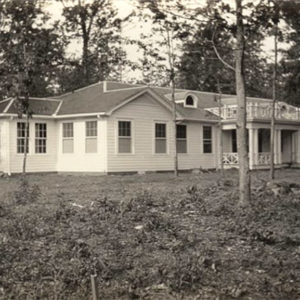 Dyess Hospital
Dyess Hospital
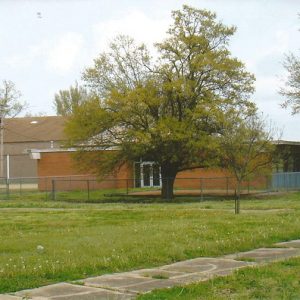 Dyess School
Dyess School
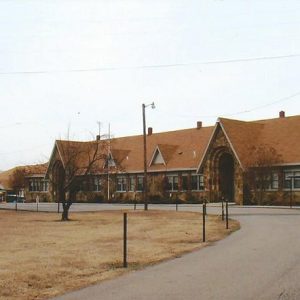 Enola School
Enola School
Etowah (Mississippi County)
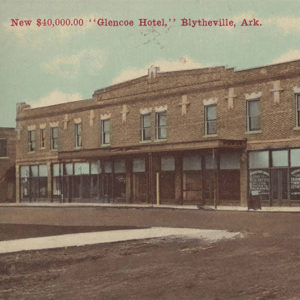 Glencoe Hotel
Glencoe Hotel
Gosnell (Mississippi County)
Hickman (Mississippi County)
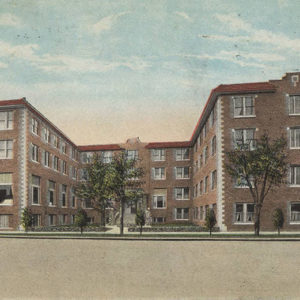 Hotel Noble
Hotel Noble
 Hotel Noble
Hotel Noble
 Idaho Grocery
Idaho Grocery
Joiner (Mississippi County)
Keiser (Mississippi County)
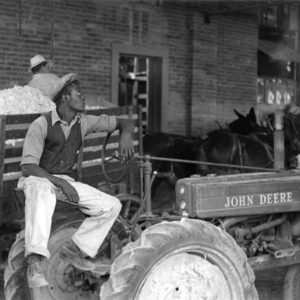 Keiser Cotton
Keiser Cotton
Leachville (Mississippi County)
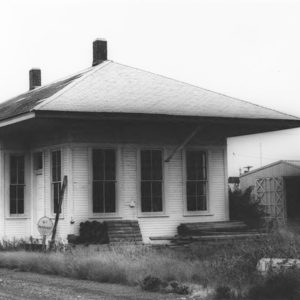 Leachville Depot
Leachville Depot
 Lee Wilson & Co.
Lee Wilson & Co.
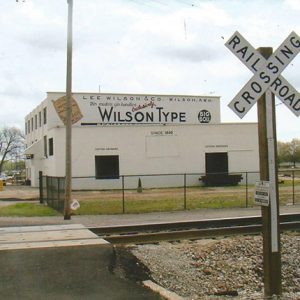 Lee Wilson & Company
Lee Wilson & Company
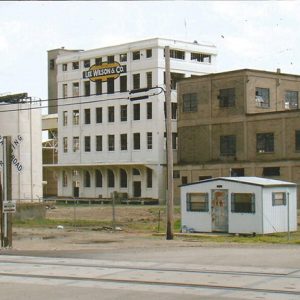 Lee Wilson & Company
Lee Wilson & Company
Luxora (Mississippi County)
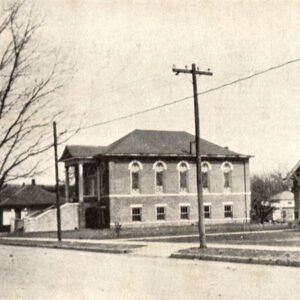 Luxora Church
Luxora Church
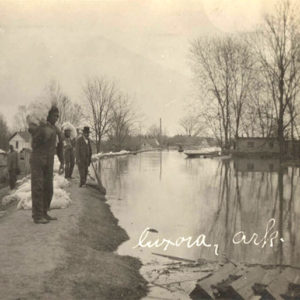 Luxora Flood
Luxora Flood
Manila (Mississippi County)
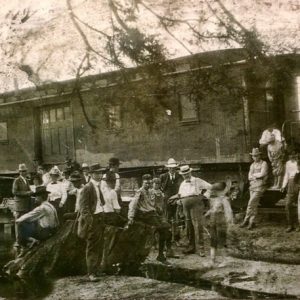 Manila Derailment
Manila Derailment
 Manila Stave Mill
Manila Stave Mill
Marie (Mississippi County)
 Marie Gin
Marie Gin
Milligan Ridge (Mississippi County)
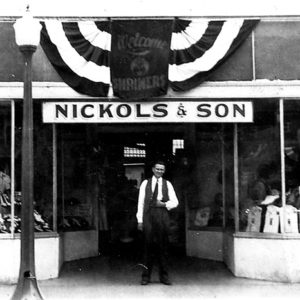 Nickols & Son Store
Nickols & Son Store
Osceola (Mississippi County)
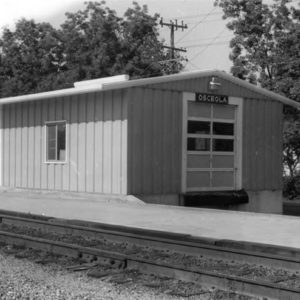 Osceola Depot
Osceola Depot
 Osceola Post Office
Osceola Post Office
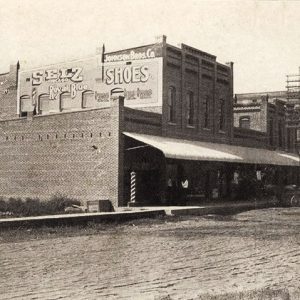 Osceola Street Scene
Osceola Street Scene
 Osceola View
Osceola View




